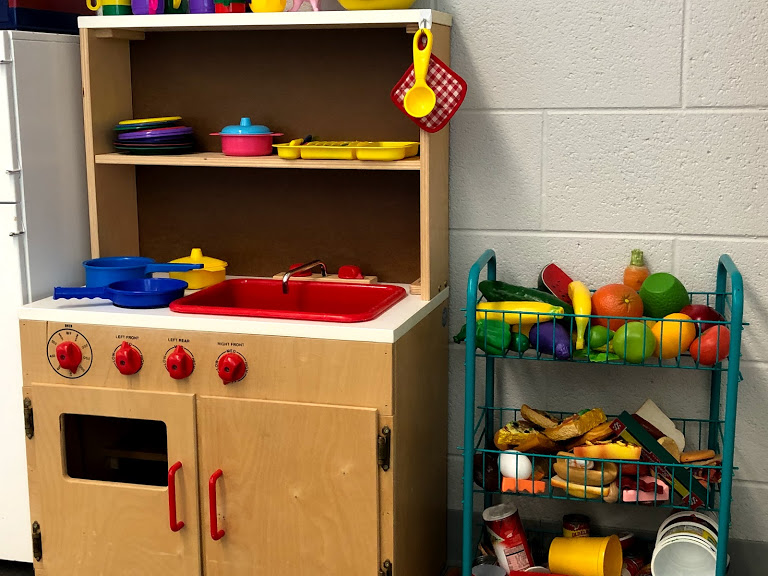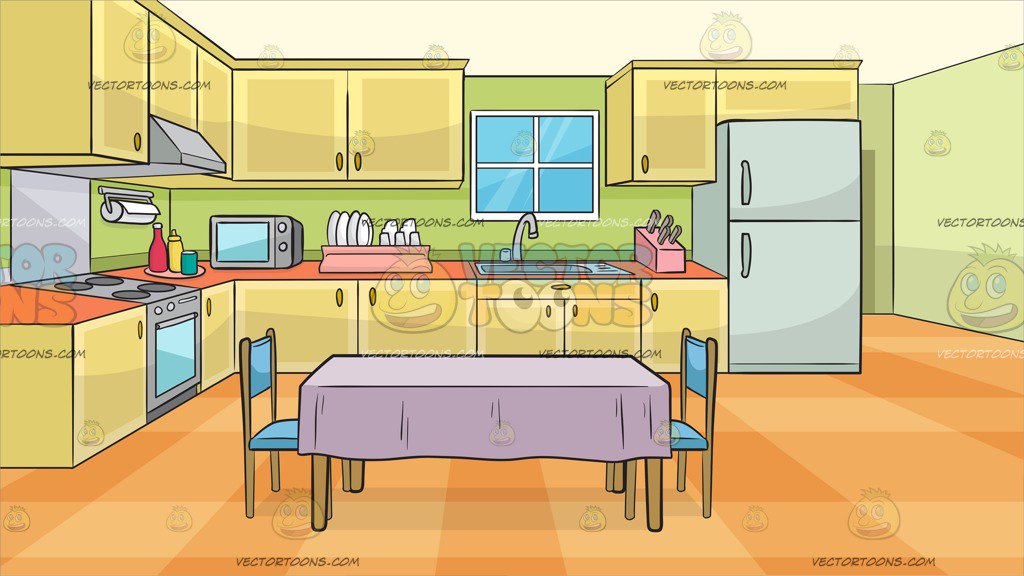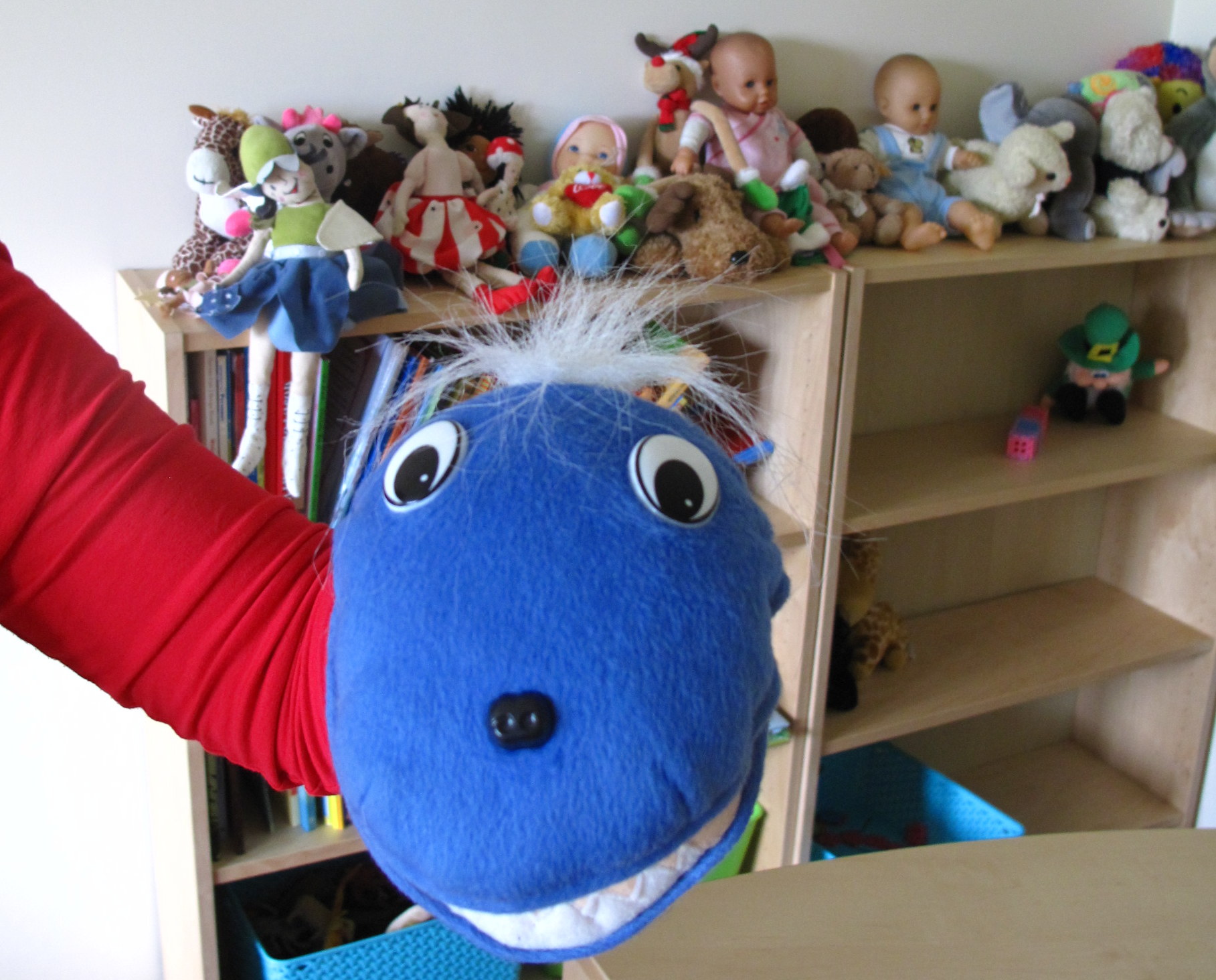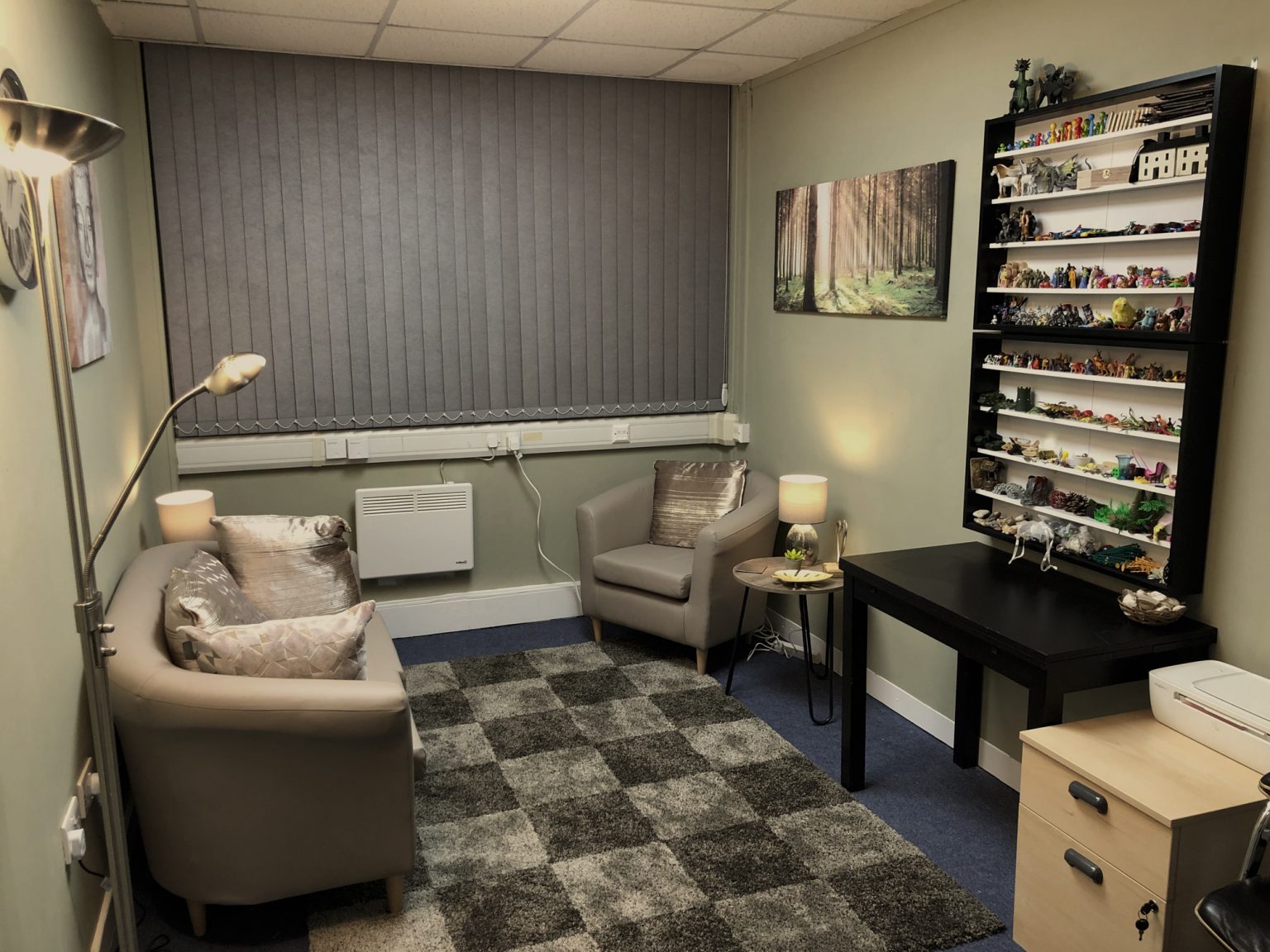The kitchen and dining room can be great places to incorporate speech therapy activities for children. These familiar spaces provide a comfortable and natural environment for practicing speech and language skills. Plus, it's a fun and engaging way to work on those skills while also completing everyday tasks. Here are 10 activities that can be done in the kitchen and dining room for speech therapy.Kitchen Dining Room Activities For Speech Therapy
1. Labeling and Categorizing: Have your child help you sort and label items in the kitchen and dining room. For example, have them identify and group all the utensils, plates, and cups. This activity helps with vocabulary, categorization skills, and object identification. 2. Following Directions: Give your child simple instructions for completing tasks in the kitchen and dining room. For example, ask them to get a spoon from the drawer or put the napkins on the table. This activity works on listening and following directions. 3. Vocabulary Games: Play a game of I Spy or 20 Questions while in the kitchen or dining room. Encourage your child to use descriptive words to describe the items they see. This activity helps with vocabulary and descriptive language. 4. Memory Games: Gather a few items from the kitchen and dining room and place them on a tray. Give your child a few minutes to study the items, then cover the tray and see how many items they can remember. This activity works on memory and object identification skills. 5. Storytelling: While preparing a meal or setting the table, have your child create a story using the items in the kitchen and dining room. This encourages creativity and storytelling skills.Speech Therapy Activities for the Kitchen and Dining Room
6. Cooking/Baking: Have your child help you with simple cooking or baking tasks. They can practice following directions, vocabulary, and sequencing skills while also learning a valuable life skill. Plus, they get to enjoy a tasty treat afterwards! 7. Pretend Play: Set up a pretend kitchen or dining room using play food and utensils. Encourage your child to use their imagination and practice their speech and language skills while playing. 8. Role-Playing: Have your child take on different roles while completing tasks in the kitchen and dining room, such as being the chef or server. This activity promotes social skills and encourages them to use their communication skills in different ways. 9. Simon Says: Play a game of Simon Says using actions related to kitchen and dining room tasks, such as stirring, setting the table, or washing dishes. This activity works on following directions and gross motor skills. 10. Charades: Write down different kitchen and dining room tasks on small pieces of paper and put them in a hat. Have your child pick a task and act it out while the others guess what they are doing. This activity promotes creativity and communication skills.Fun Kitchen and Dining Room Activities for Speech Therapy
Incorporating games into speech therapy activities can make them more enjoyable and engaging for children. Here are a few game ideas that can be played in the kitchen and dining room: 1. BINGO: Create a BINGO card with different items found in the kitchen and dining room, such as a fork, spoon, or cup. Call out the items and have your child mark them off on their card. This game works on object identification and listening skills. 2. Memory Matching: Create a memory matching game using pictures of items found in the kitchen and dining room. Have your child match the pictures while also naming the items. This game works on memory and vocabulary skills. 3. Rhyming Words: Have your child come up with words that rhyme with different kitchen and dining room items, such as "spoon" and "moon" or "cup" and "pup". This game helps with phonological awareness and rhyming skills.Speech Therapy Games for the Kitchen and Dining Room
1. Puppet Show: Create a puppet show using puppets made from kitchen and dining room items, such as a spoon, cup, or plate. Encourage your child to use their imagination and create a story while also practicing their speech and language skills. 2. Sensory Bins: Fill a bin with different items from the kitchen and dining room, such as dried pasta, beans, or rice. Have your child search for specific items while also naming and describing them. This activity works on sensory exploration and vocabulary skills. 3. Art Projects: Use kitchen and dining room items to create art projects, such as using a fork to create a print or using pasta to make a necklace. This promotes creativity and fine motor skills while also incorporating speech and language skills.Creative Kitchen and Dining Room Activities for Speech Therapy
1. Tongue Twisters: Have your child practice saying tongue twisters while completing tasks in the kitchen and dining room. This promotes articulation and speech fluency. 2. Vocabulary Scavenger Hunt: Have your child search for specific items in the kitchen and dining room and name them. This activity works on vocabulary and object identification skills. 3. Speech Sound Practice: While completing tasks in the kitchen and dining room, have your child practice saying words with their target speech sound. For example, if they are working on the "s" sound, have them say words like "spoon", "sink", and "salt".Speech Therapy Exercises for the Kitchen and Dining Room
1. Singing: Incorporate songs into kitchen and dining room tasks. For example, sing a song while stirring ingredients or setting the table. This activity promotes speech and language skills while also making tasks more fun. 2. Picture Communication: Use pictures or visuals to communicate tasks or requests in the kitchen and dining room. This can be especially helpful for children with speech and language difficulties. 3. Imitation Games: Have your child imitate your actions while completing tasks in the kitchen and dining room, such as stirring, pouring, or setting the table. This activity promotes imitation skills and can also be used for speech sound practice.Engaging Kitchen and Dining Room Activities for Speech Therapy
1. Conversation Starters: While sitting at the kitchen or dining room table, encourage your child to start a conversation with everyone using conversation starters. This activity promotes social skills and encourages them to use their communication skills in a natural setting. 2. Story Retelling: After completing a task in the kitchen or dining room, have your child retell the steps they took to complete it. This works on sequencing and narrative skills. 3. Role-Playing Games: Have your child take on different roles in a pretend restaurant while completing tasks in the kitchen and dining room. This activity promotes social skills and encourages imaginative play.Interactive Kitchen and Dining Room Activities for Speech Therapy
1. Word Association: Say a word related to the kitchen or dining room and have your child come up with other words that are related. For example, if the word is "spoon", they can say "fork", "knife", or "plate". This activity works on vocabulary and word associations. 2. Barrier Games: Set up a barrier between you and your child and give them instructions for completing a task in the kitchen or dining room. This activity promotes listening and following directions skills while also incorporating speech and language skills. 3. Guess the Smells: Blindfold your child and have them guess different smells from items in the kitchen and dining room, such as spices or herbs. This promotes sensory exploration and vocabulary skills.Speech Therapy Ideas for the Kitchen and Dining Room
1. Deep Breathing: While completing tasks in the kitchen and dining room, encourage your child to take deep breaths to promote relaxation and reduce anxiety. This can be especially helpful for children who struggle with speech and language difficulties. 2. Sensory Diet: Use sensory activities in the kitchen and dining room to help regulate your child's sensory needs. For example, kneading dough or stirring ingredients can provide calming input for children who may be sensory seeking. 3. Progress Tracking: Use tasks in the kitchen and dining room as opportunities to track progress and set goals for speech and language skills. For example, have your child try to use a new vocabulary word or speech sound during a cooking activity. Incorporating speech therapy into everyday activities can make it more fun and natural for children. These kitchen and dining room activities provide a variety of ways to work on speech and language skills while also completing daily tasks. So next time you're in the kitchen or dining room, try out one of these activities with your child! Therapeutic Kitchen and Dining Room Activities for Speech Therapy
Benefits of Incorporating Kitchen and Dining Room Activities in Speech Therapy Sessions

Enhances Real-World Communication Skills
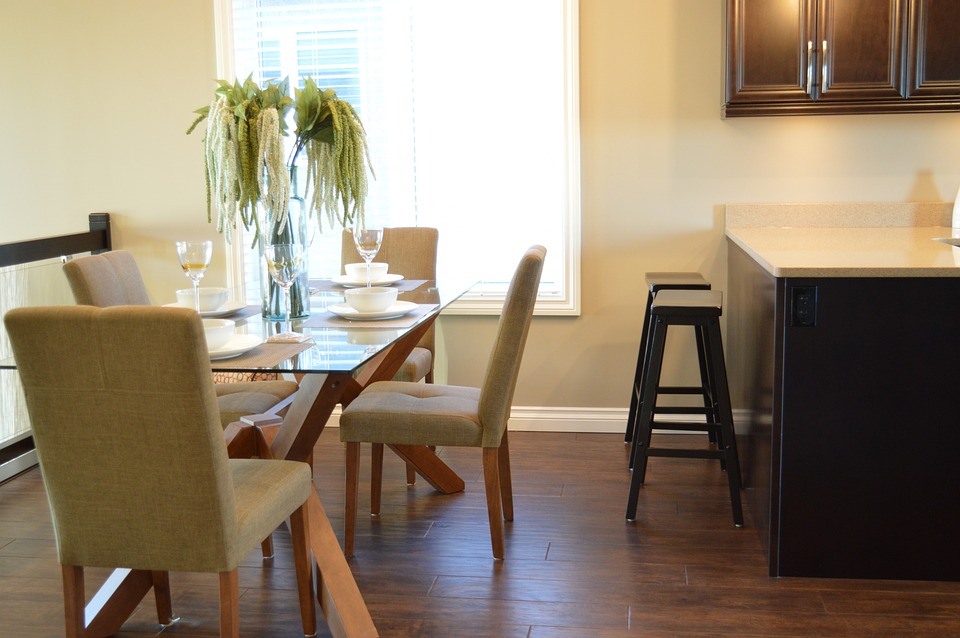 Incorporating kitchen and dining room activities into speech therapy sessions can greatly benefit individuals with speech and language difficulties. These activities provide a real-world context for practicing communication skills, as they are common scenarios that individuals encounter in their daily lives. By engaging in tasks such as setting the table, following a recipe, or having a conversation over a meal, individuals are able to practice their speech and language skills in a meaningful and functional way. This can help improve their ability to communicate effectively in real-world situations.
Incorporating kitchen and dining room activities into speech therapy sessions can greatly benefit individuals with speech and language difficulties. These activities provide a real-world context for practicing communication skills, as they are common scenarios that individuals encounter in their daily lives. By engaging in tasks such as setting the table, following a recipe, or having a conversation over a meal, individuals are able to practice their speech and language skills in a meaningful and functional way. This can help improve their ability to communicate effectively in real-world situations.
Increases Motivation and Engagement
 Using familiar and relatable activities in speech therapy can increase motivation and engagement for individuals with speech and language difficulties. Many individuals may find traditional speech therapy exercises to be boring or uninteresting, leading to a lack of motivation to participate. However, by incorporating kitchen and dining room activities, individuals are more likely to be engaged and motivated to participate in therapy. This can lead to more effective therapy sessions and better overall progress.
Using familiar and relatable activities in speech therapy can increase motivation and engagement for individuals with speech and language difficulties. Many individuals may find traditional speech therapy exercises to be boring or uninteresting, leading to a lack of motivation to participate. However, by incorporating kitchen and dining room activities, individuals are more likely to be engaged and motivated to participate in therapy. This can lead to more effective therapy sessions and better overall progress.
Targets Multiple Speech and Language Goals
 Kitchen and dining room activities can be tailored to target a variety of speech and language goals. For example, setting the table can help with following directions and vocabulary skills, while cooking can target sequencing and problem-solving abilities. Conversations over a meal can also target social communication skills, such as turn-taking and staying on topic. By incorporating these activities into speech therapy sessions, therapists are able to target multiple goals simultaneously, making the therapy more efficient and effective.
Kitchen and dining room activities can be tailored to target a variety of speech and language goals. For example, setting the table can help with following directions and vocabulary skills, while cooking can target sequencing and problem-solving abilities. Conversations over a meal can also target social communication skills, such as turn-taking and staying on topic. By incorporating these activities into speech therapy sessions, therapists are able to target multiple goals simultaneously, making the therapy more efficient and effective.
Promotes Multisensory Learning
 Kitchen and dining room activities also provide a multisensory learning experience, which can be beneficial for individuals with speech and language difficulties. These activities involve using multiple senses, such as touch, taste, and smell, in addition to hearing and seeing. This can help individuals better understand and process information, leading to improved speech and language skills. Furthermore, the use of multisensory activities can make therapy sessions more interactive and enjoyable for individuals, leading to better engagement and progress.
In conclusion, incorporating kitchen and dining room activities into speech therapy sessions can have numerous benefits for individuals with speech and language difficulties. From promoting real-world communication skills to increasing motivation and engagement, these activities provide a fun and functional way to target multiple speech and language goals. So why not spice up your speech therapy sessions by incorporating some kitchen and dining room activities? Your clients will thank you for it!
Kitchen and dining room activities also provide a multisensory learning experience, which can be beneficial for individuals with speech and language difficulties. These activities involve using multiple senses, such as touch, taste, and smell, in addition to hearing and seeing. This can help individuals better understand and process information, leading to improved speech and language skills. Furthermore, the use of multisensory activities can make therapy sessions more interactive and enjoyable for individuals, leading to better engagement and progress.
In conclusion, incorporating kitchen and dining room activities into speech therapy sessions can have numerous benefits for individuals with speech and language difficulties. From promoting real-world communication skills to increasing motivation and engagement, these activities provide a fun and functional way to target multiple speech and language goals. So why not spice up your speech therapy sessions by incorporating some kitchen and dining room activities? Your clients will thank you for it!


































